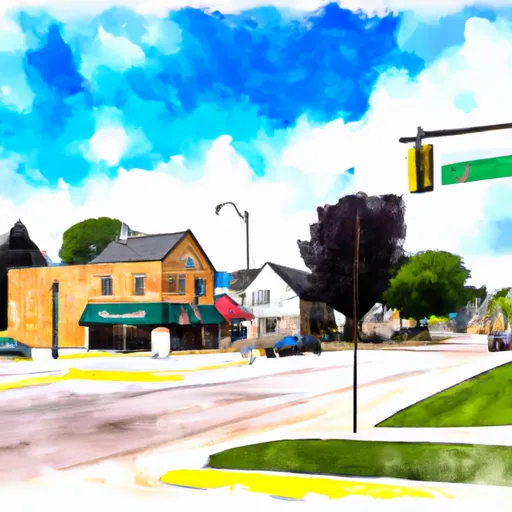°F
°F
mph
Windspeed
%
Humidity











Baldwin, Wisconsin is a small town in St. Croix County that experiences a humid continental climate. Summers are warm and humid, with temperatures averaging in the mid-80s, while winters are cold and snowy with temperatures reaching as low as -10°F. The town is surrounded by several streams, such as the Trimbelle River, which contribute to the hydrology constituents of the area. Outdoor recreation opportunities in Baldwin include fishing, hunting, hiking, and camping at nearby parks such as the Kinnickinnic State Park, Willow River State Park, and St. Croix National Scenic Riverway. Visitors can also enjoy golfing at the 18-hole golf course or exploring the local farmers' market.
Weather Forecast
Baldwin receives approximately 815mm of rain per year, with humidity levels near 83% and air temperatures averaging around 7°C. Baldwin has a plant hardyness factor of 4, meaning plants and agriculture in this region thrive during a short period during spring and early summer. Most plants will die off during the colder winter months.
Regional Streamflow Levels
2,670
Cubic Feet Per Second
301
Cubic Feet Per Second
64
Cubic Feet Per Second
51
Cubic Feet Per Second
Nearby Camping
| Camping Area | Reservations | Toilets | Showers |
|---|---|---|---|
| Lake Keomah State Park | |||
| Long Branch State Park | |||
| Drakesville City Park | |||
| Yenruogis County Park | |||
| Lake Fisher | |||
| Chacauqua River Access |



